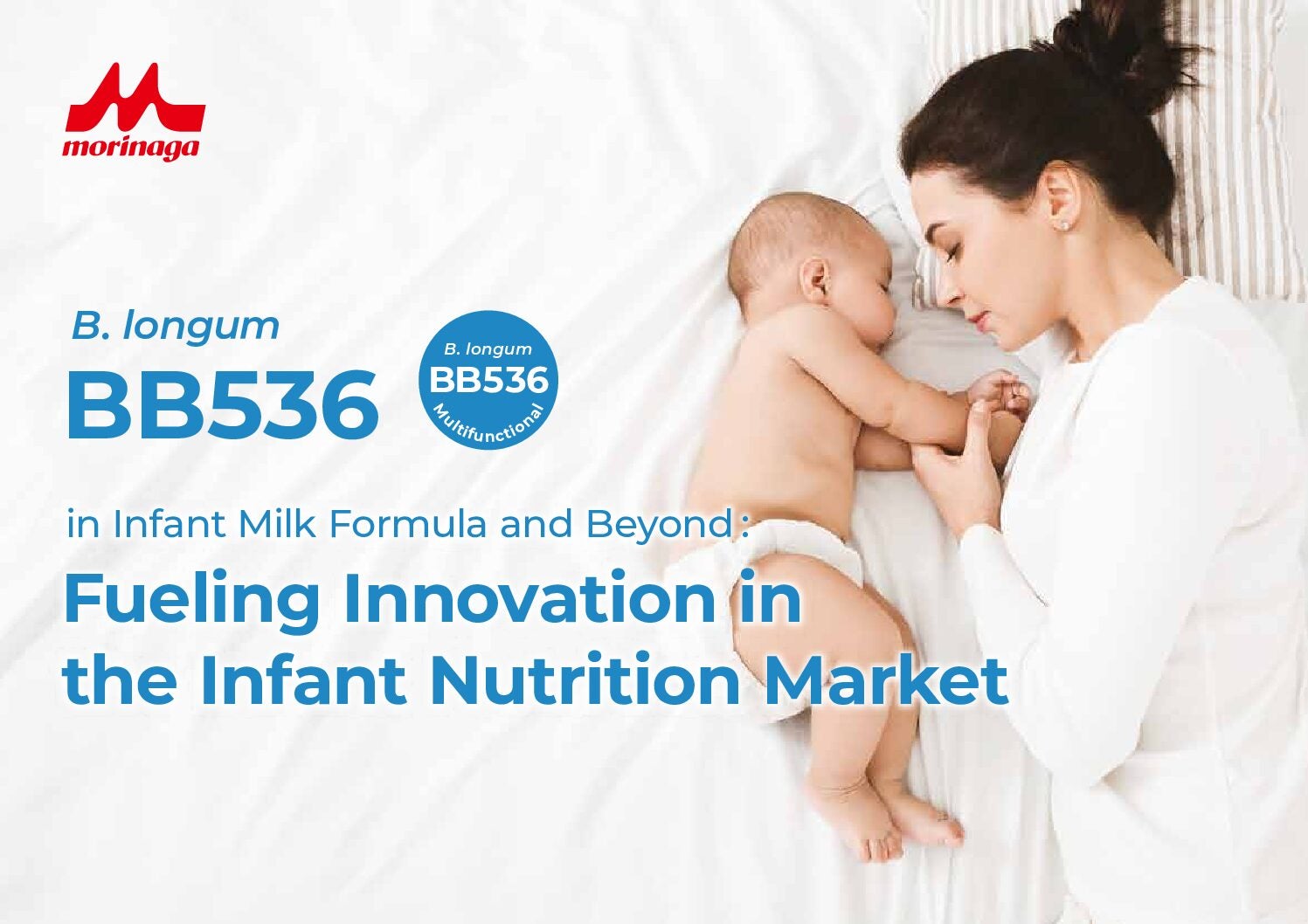
Unilever has devised a new set of in-house “nutrition criteria” for its food products after criticism from shareholder groups.
The company has a target for 85% of its food product “servings” to meet what it calls Science-based Nutrition Criteria (USNC) by 2028.

US Tariffs are shifting - will you react or anticipate?
Don’t let policy changes catch you off guard. Stay proactive with real-time data and expert analysis.
By GlobalDataIn March, the Magnum and Hellmann’s owner said it would introduce new nutrition targets after UK charity ESG advocate ShareAction said the company was trailing peers in offering healthier food and beverages.
At the time, ShareAction claimed Unilever only had 17% of its food portfolio dedicated to such products, compared to 61% for Danone, 43% for Nestlé, 36% at Kraft Heinz, 29% for General Mills and 26% at Kellogg.
Unilever has developed the USNC to measure the nutritional credentials of its products. The consumer-goods group described the new criteria as an “evolution” of its previous scale, which it had dubbed “Highest Nutritional Standards”, or HNS.
ShareAction questioned Unilever’s use of its own criteria and its own definition of what constitutes a serving.
A Unilever spokesperson told Just Food it had come up with the new measures “following constructive engagement” with ShareAction.
The company said the new criteria are underpinned using data from dietary intake surveys that reflect the eating patterns of more than 110,000 people across five markets – the UK, France, Brazil, US and China.
However, Unilever would not give precise examples of the criteria, pointing instead to their basis in the World Health Organization (WHO) dietary guidelines for energy, saturated fat, sodium and sugar. The WHO guidelines say the intake of saturated fats should be less than 10% of total energy intake and trans-fats less than 1%. According to the guidelines, free sugars should be less than 10% of total energy intake and salt intake should be kept to less than 10g per day.
Unilever has sought to use those WHO guidelines for its own product-specific criteria. The company has also considered serving size and how frequently the foods are consumed.
Julie Willems, the company’s global head of diet and health standards for nutrition and ice cream, said: “USNC consist of product-specific criteria that look at the role of the product in the diet and sets thresholds for calories, sugar, salt and saturated fat.
“Using these insights, we believe we can best drive reformulation and innovation across our portfolio in ice cream and nutrition. We have also introduced sugar standards for all our product categories, including savoury products, complementing those we already have in place for ice cream and beverages.”
Unilever’s definition of a serving is the recommended amount of a food and is reflected on packaging. The Knorr owner gives an example of how a bouillon cube diluted in one litre of water to create a broth would consist of four servings of 250ml. In some cases, a serving is the same as the product, such as a single-serve ice cream on a stick.
The company said its new goal and the new USNC criteria would be used to “accelerate” efforts in other areas, including targets for plant-based sales, moves to cut salt, sugar and calories, as well as increasing sales of healthier “positive nutrition” products.
The Unilever spokesperson said: “There is currently no one global definition of what constitutes ‘healthy’. For Unilever, which operates in over 100 countries with a portfolio of more than 40,000 products, it is important to work to one global standard to drive nutritional improvement across the portfolio at speed.”
Responding to Unilever’s initiative, Holly Gabriel, campaign lead for consumer health at ShareAction, said: “It is positive that Unilever has published information about the healthiness of its products against six government-endorsed nutrient profiling models, which was requested by our resolution. This allows shareholders to accurately assess the company’s impact on public health through the products in its portfolio.”
But she added: “However, there is a risk that Unilever’s decision to base targets on its own definition of ‘servings’ and use in-house nutritional profiling rather than standardised government-endorsed ones could mislead customers and make it harder for investors to hold the company to account on progress.
“Serving size varies across markets. The serving size of the very same tub of ice cream on the Ben & Jerry’s global website is 141g. This is because US law requires serving sizes on packaging to be based on how much food people actually consume and not on what is recommended.
“Britvic and Premier Foods have both set targets based on government-endorsed models and Premier Foods aims to double its healthy sales by 2030. With our Healthy Markets coalition of investors, we urge Unilever to follow suit, and continue to call on other food manufacturers to step up.”




